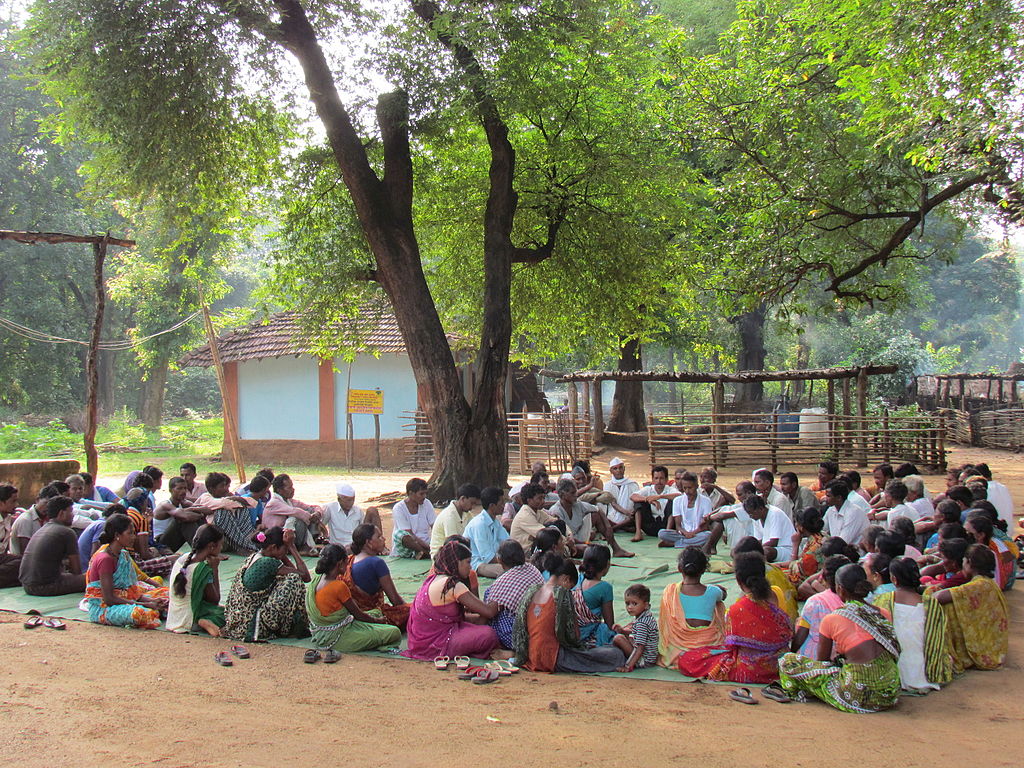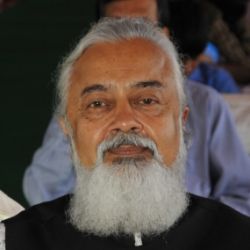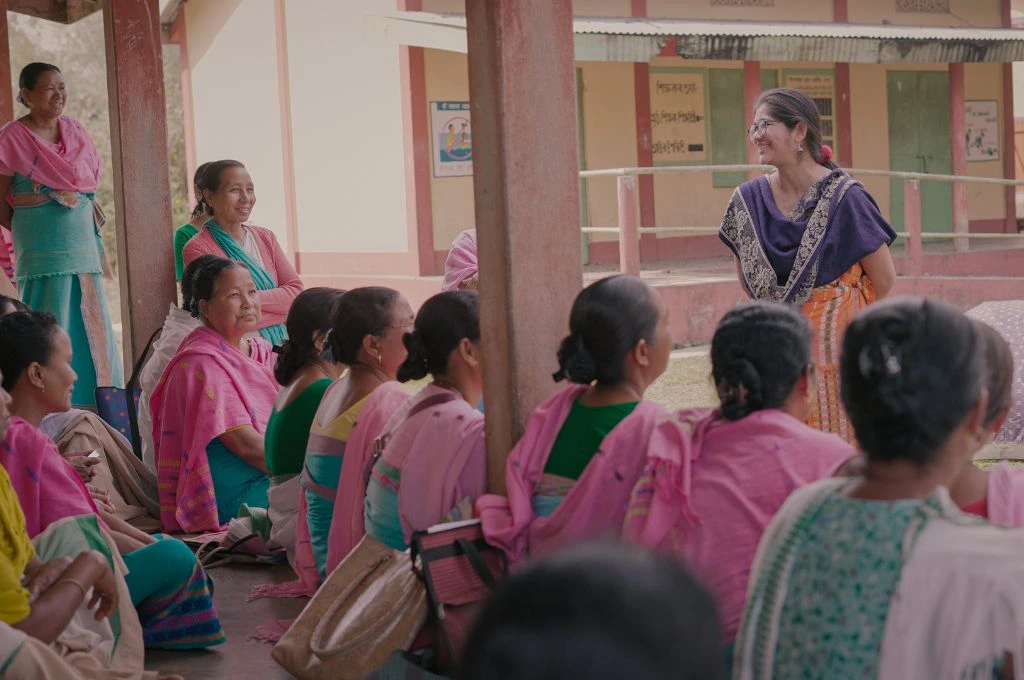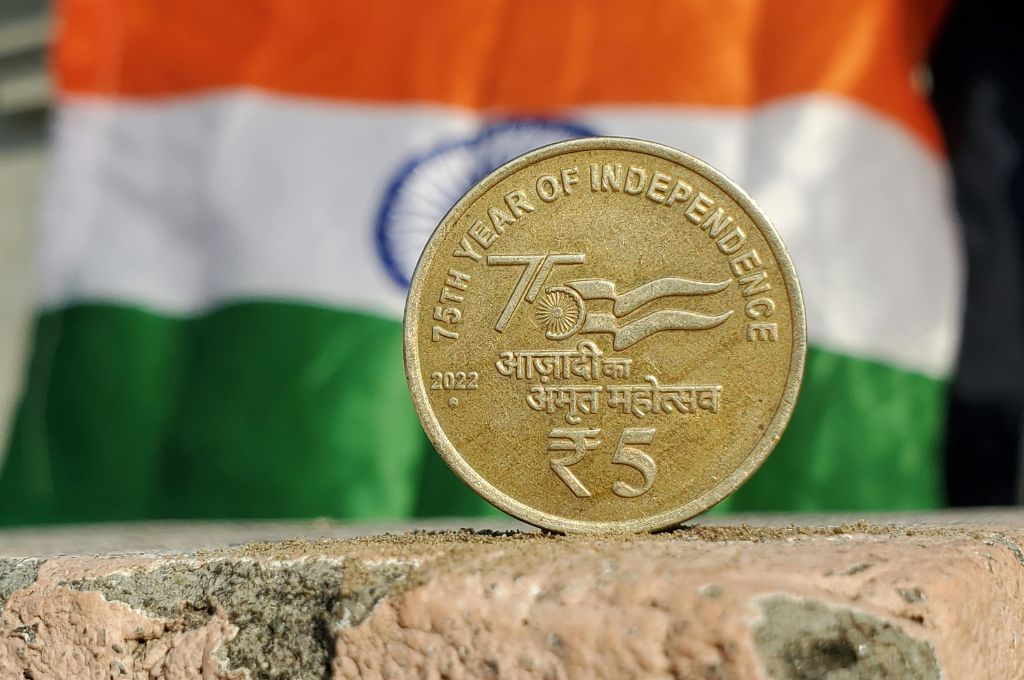Nanjamma, a 30-year-old woman, set forth towards the Gram Panchayat (GP) office. It was her first day as a representative, after having been elected on the reserved-for-women constituency. She had never dreamt of running for political office, but her husband, who used to be the local elected member of the panchayat, had forced her to contest because their ward was now reserved for women. He had done most of her canvassing, and had used a lot of money and influence to get her elected.
Nanjamma arrived at the office and saw about 15-20 of her new colleagues—12 men, the rest, women—sitting on the floor. They were all there to get trained. Nanjamma had not been in a classroom environment in 20 years. The trainer gave them four volumes of books each, outlining their responsibilities; he would cover all in just three days. Some men nodded through the lectures, asking a few questions. But out of the six women, including Nanjamma, none seemed to have the interest, nor made any attempt to ask questions.
Related article: Women’s participation in gram panchayats
Nanjamma was overwhelmed by the amount of information in the books, of which she could read very little. At the end, she was relieved to not have to sit in those training sessions anymore; her husband would do the necessary networking now. She collected her certificate of completion, looking at it with amusement. She could not read it, and so didn’t quite understand what it said.
Over the next five years, Nanjamma would go to GP meetings when it was convenient and collect the meeting honorarium. She also voted on issues per her husband’s advice. Some of her colleagues used their status to do favours for their family and friends, for a commission.
Nanjamma’s experience is typical across most GP elected members in India.
A brief background on Panchayati Raj Institutions (PRI)
Gram Panchayats are local nearby governments, which are easily accessible by those living in rural areas. Most services that they are entitled to are expected to be delivered at the GPs.
According to the 73rd Amendment of the Indian Constitution, GPs have specially devolved functions, functionaries, and funds provided by both the central and state governments. They are expected to take care of economic development and social justice of the people living in rural areas. Thirty-three percent of GP seats have been reserved for women and 33 percent for Scheduled Castes (SCs) and Scheduled Tribes (STs).
The elected representatives (ERs) and other stakeholders in the GP system (citizens, vendors, other government departments) need to be made conversant with the powers and functioning of the GPs, in order to perform their duties effectively.
Given the low literacy levels in rural India, particularly among women, SCs, and STs, building competence is a challenge.
We have identified approximately 20 domains the ERs need to have knowledge of and competence in—from finance and accounts, to conducting social audits, to using computers to carry out their duties. Further, under each domain, the ERs are expected to have a complete understanding of a hierarchy of competencies. For instance, one of the domains, ‘functions of Gram Panchayats’, requires members to be able to organise and conduct GP meetings, evaluate the work of other GP members, integrate technology in the functioning of the GP, and so on.
But given the low literacy levels in rural India, particularly among women, SCs, and STs, building competence is a challenge. Moreover, the GP members vary in their competencies and educational qualifications, forming a spectrum of capabilities, mindsets, and attitudes. For instance, many GP members do not know how to read a bank statement, or understand the terms debit and credit—‘micro-competencies’ that are an absolute necessity for them to carry out their duties. Some members may possess these skills, many don’t. Therefore, specialised training is required for different GP members depending on their capabilities.
Our experience over 10 years of interacting with thousands of GP members across India has highlighted major gaps between the requirements of the job of a GP member, and their actual competencies.

Gram Panchayats are local nearby governments, which are easily accessible by those living in rural areas. | Picture courtesy: Wikimedia Commons
A closer look at the gaps
The Rajiv Gandhi Panchayat Sashaktikaran Abhiyan (RGPSA) was launched in 2013 to strengthen the Panchayati Raj system across the country. Some of the objectives of RGPSA are to enhance the capacities and effectiveness of GPs and Gram Sabhas,1 promote people’s participation in panchayats, strengthen the institutional structure for capacity building of panchayats, and so on.
Training activities under the RGPSA are conducted through State Institutes of Rural Development (SIRDs), which are state government institutions aimed at increasing knowledge and skill in the field of rural development. Funds have been provided for orienting Gram Sabhas on issues related to the Panchayat (Extension to Scheduled Areas) Act, but it is unclear how they get utilised, and how much gets utilised, because of lack of transparency in the system.
Newly elected GP members attend training programmes; in some states, these are provided through video conferencing and satellite communication.
Related article: Power to the people—the journey of Panchayati Raj Institutions
But the knowledge transfer during these sessions is minimal, and elected representatives complete their five years with little awareness of the rules, regulations, and finances of GPs. The responsibilities of the members are, for the most part, performed by the GP secretaries and Panchayat Development Officers,2 who are more educated and experienced.
Based on presentations and information from the director general of National Institute of Rural Development (NIRD), here are some of the gaps that currently exist:
- Lack of resources: There is a shortage in the number of qualified trainers, due to which not all GP members get to attend the required number of training sessions, or receive training on all required areas. Further, there are infrastructural gaps at training centres, such as absence of computers and satellite communication facilities, or poor amenities for residential training.
- Trainer mindsets: Training and capacity building is rarely looked upon, particularly by superior officials, as an essential prerequisite for the efficient functioning of GPs. There is disdain towards GP members, and the belief that they do not need competence in all areas. There is also disproportionate focus on the number of trainees rather than the quality of training.
- Mode of training: One-way communication (from teacher to student) is the prevalent form of teaching, rather than specialised approaches such as adult learning or experiential learning. Moreover, while the training material is usually available in local languages, it is not prepared keeping specific learning requirements in mind; many trainees cannot read it.
- Systemic issues: There is no concrete state policy for capacity building and training of GP members in several states. Where they exist (in states like Karnataka and Kerala), they are quite weak. Elected representatives get just one or two rounds of training during their five-year term in most states, often at the very end of their term. There is almost no monitoring of their understanding and performance, and no regular feedback.
It has been more than 25 years since the 73rd Amendment of the Constitution was passed, yet, the initiatives by the central and state governments to build capacities of GP members barely scratch the surface.
Nanjamma’s experience is a case in point. When she was once shown the statement of one of the bank accounts of the GP, to inform her about how much money was allocated for her village project, she could not read the five-digit number. She looked helplessly at her husband while he read it out: “12,500 rupees”. This happened despite the fact that finance and accounts were part of her training.
Among the elected members of the approximately 250,000 GPs in India, we have seen a huge spectrum of people with varied levels of literacy.
The current methods of training by the state institutions are focused on the destination, i.e., what the student should learn through the training programme. But they lack detailed data on the student’s location, i.e., skills and dispositions of the student before they sit in such programmes. For instance, trainers would explain the 73rd Amendment to GP members, without checking whether they knew about the Indian Constitution. Or, they would teach budgeting, even if members didn’t know basic arithmetic, as in the case of Nanjamma.
Among the elected members of the approximately 250,000 GPs in India, we have seen a huge spectrum of people with varied levels of literacy. From members who have never been to school, to doctorate degree holders; from engineers to social workers. Unless each student is located precisely, it is difficult to navigate them to their destination.
A possible solution to this problem could be a ‘GPS system’ or ‘learning navigator’ technology that makes it possible to gauge the learner’s skill and knowledge level, and creates a personalised learning path towards their intended destination.
The approach here is similar to Google Maps. To reach a destination, Google Maps does not only show the destination; it first locates the person on the map, then depending on their mode of transport, it suggests the best route to the destination. It also tells you how long the journey will take.
Related article: Understanding local democracy
Sampoorna Swaraj Foundation, along with the nonprofit Gooru, has developed such a technology for learning. Its navigated learning system first ‘locates’ the learner, to see how literate they are and what skills they already possess. It determines their level of competence in each domain separately and where they need to enhance their knowledge. It then curates specialised learning activities for each learner to facilitate their journey to the required level of knowledge and skill.
By locating the learner’s competency level, it is possible to ‘route’ them through a specific learning path. They can also be re-routed through different competencies or micro-competencies based on their performance in particular domains, till we can ensure that they have attained an adequate skill level.
Constitutional provisions to promote local self-governance and to reserve seats for certain communities are welcome and necessary. But it is not enough to simply put people in office. We can only hope to realise its positive gains if each of the three million elected representatives (more than one million of whom are women) are empowered to effectively carry out their duties. A well-designed capacity building and training programme, done in a time-bound manner, with clearly defined outcomes, could be the key to filling that gap.
- “The Gram Sabha is recognised as the people’s parliament at the village level—the lowest level of administration and comprises all adult members of the village. It has the power to plan, approve, and monitor various development programmes for its village. It has a constitutional mandate, and the elected PRIs are accountable to the Gram Sabha.”
- Panchayat secretaries and Panchayat Development Officers are not elected, but appointed by the state government to oversee GP activities and provide support and expertise.



